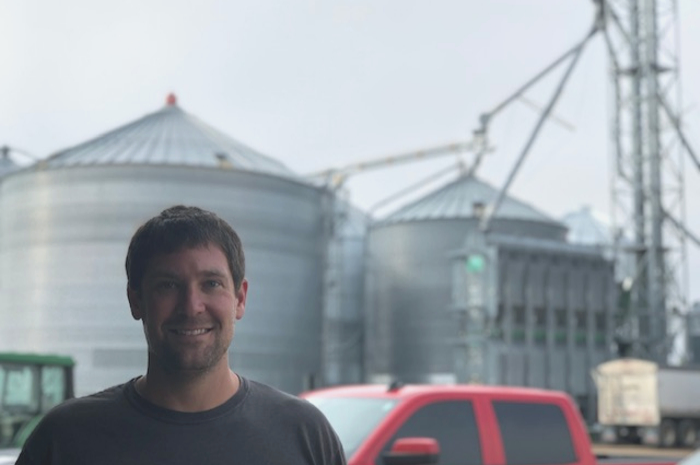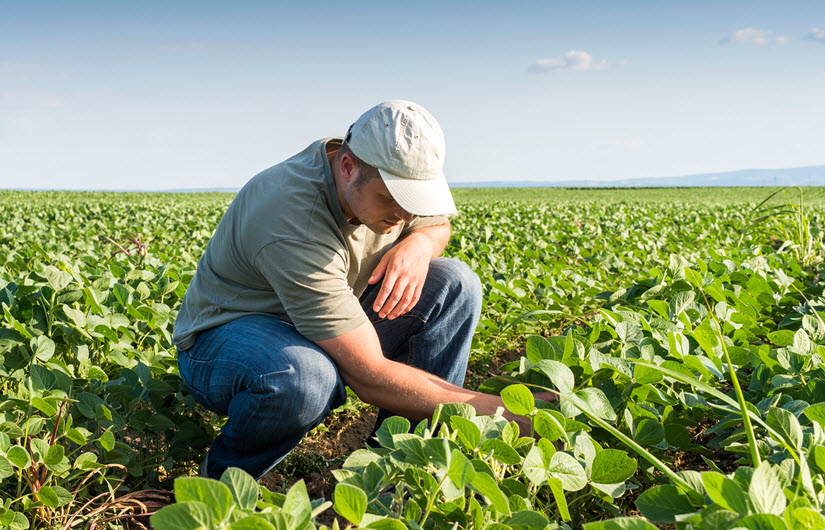Corn and soybean prices are finally recovering. Not only is this a source of relief, but it may get you thinking about your next move. With extra capital, what's the best way to spend it?
After a six-year slog through lackluster commodity prices, farmers got that much-need bounce in corn and soybean prices in the fall of 2020. In addition to rising prices, inventories of corn and soybeans are set to reach their lowest rates in six years.
For Minnesota farmers, the year closed out on an especially high note. In addition to the better prices, farmers saw ideal weather conditions for harvesting, resulting in high production, according to the Star Tribune. Economically speaking, Minnesota farmers are in good shape for spring planting, and after the events of the past six years, this may come as a surprise.
When you look at these pricing trends, there’s plenty to cheer about.
Corn pricing trends
Close of the year
-
- 2018: $3.75/bushel
- 2019: $3.87/bushel
- 2020: $4.84/bushel
As of Feb. 5, 2021: $5.48/bushel
Soybean pricing trends
Close of year
-
- 2018: $9.22/bushel
- 2019: $9.41/bushel
- 2020: $13.12/bushel
As of Feb. 5, 2021: $13.67/bushel
Are higher commodities here to stay?
Of course, no one can predict if the positive trends will continue, but here are a couple of reasons to be optimistic.
First, according to the Wall Street Journal, a major driver of the commodity increase is exports to China. There, the world’s second-largest pork producer is ramping up production, so they’re importing plenty of feed supplies.
Also, the USDA's forecasted farm income for 2021 is $111 billion. This is an 8% drop from 2020, but that’s because direct federal payments to farmers are expected to fall by half this year. All things considered, farm income will be 21% above the 20-year average of the years 2000-2019. After a low of $62 billion in 2016, this year’s forecast is still well within the recovery zone.
Smart ways to invest extra capital into your farm
When you have extra capital, you start making plans. Many farmers, understandably, may want to wait a year or two before rolling ahead with long-awaited plans, such as buying a large piece of equipment or expanding facilities.
But there are still many financially savvy things you can do in the meantime to improve your financial position. As you prepare for the next operating loan, here are some short-term investments you can make into your operation.
Pay down debt
Decreasing your interest obligations now can make your 2021 more profitable. After six years of tight budgets and hanging on to inventory, now’s a chance to make up for lost time.
Catch up on delayed maintenance
After making do with what you have, now’s the perfect time to make repairs and updates to equipment and facilities. Because this investment can prolong the life of your assets, rather than add to your overall expenses, it would be a sound expenditure.
Fund your reserves
While debts and delayed maintenance often come top of mind in a windfall, you’ll want to keep a cushion of cash, so you’re prepared for the next unexpected thing. Even if you have too much going on to focus on building fully-funded reserves, it’s still smart to maintain at least some savings. Having something in the bank can help you focus on long-term goals, establish new habits and reduce your reliance on revolving credit.
Equipment upgrades
Update your planter or invest in technology: Either can save time or help you reduce inputs like fertilizer. Over time, the efficiencies you gain can more than offset the initial investment.
Land purchase
Farmland has a finite supply, so increasing your owned acreage is always a rare opportunity and a sound business move. First, consult with your financial planner or accountant to run the numbers, so you can weigh the gains of production versus the costs of taxes and other expenses.
Higher quality inputs
Being more flush with cash can mean upgrading to higher-caliber seed, fertilizer and herbicide. After using generic herbicides during leaner times, brand-name products can provide additional support and service. Higher yielding seeds may be another place to invest the windfall.
As financial conditions improve, it’s always smart to sink at least some of that capital back into your operation. Any of the above actions can help you move forward.
For a deeper dive, read our blog, How do you invest profits back into your farm?
At Minnwest Bank, our ag lenders are members of your community, and we're committed to helping your farm thrive. Schedule an appointment today.


